笨狼发牢骚
发发牢骚,解解闷,消消愁南华早报有一篇中国鬼城的分析、报道(附录在下),列举了许多现象,同时有一个分析,分析是用了中国经济研究人员陈勤的模型,对中国鬼城分布做了个图,结果不一定准确,但也有一定可信程度。
参考消息的评论:2015.03.22港媒发布内地“鬼城”地图 专家对此看法相左
参考消息网3月22日报道 港媒称,在贵州省贵阳市的市中心,有两座已动工过半的建筑。这两幢大楼和已经倒塌了的纽约世贸中心,有着几分诡秘的相似感。这两幢大楼建成之后,高度将达406米。香港《南华早报》网站3月19日报道称,这是当地一个大型建筑工程的一部分,其中的项目还包括一个奢侈品购物中心、一个游乐园,甚至还有一个湿地保护区。当地政府的背后,有发展商的力量在支持着。他们希望通过这个项目吸引50万居民到当地。但这里面有一个问题:有专家担心,这个投资额达900亿元人民币的房产项目,到头来只会让当地变成一个“鬼城”。在内地西南部省份,规模令人咋舌、但内里空空如也的高楼大厦并不少见。报道说,截至去年,单是在贵州,已有16个大型工程在建或竣工。这些工程每一个的销售面积都超过100万平方米,提供的住宅足够供应这个城市超过四分之一的人口。不仅仅是贵阳,在武汉、南京和合肥等省会城市,这些前所未有的建筑项目扩张工程都在如火如荼地进行当中。这波浪潮在一众学者、地产商和政策制定者之间引发了激烈的讨论,讨论的核心在于,这些城市是否在制造越来越多的“鬼城”。
不知道“相左”在哪。
南华早报鬼城图:

先前我收集过一些信息鄂尔多斯,鬼城、空城是事实,赖也赖不掉,辩护也没有。
不过中国不是房产过剩,而是房产成了政府集资的(唯一)手段,有钱人敛财的手段,这是房产绑架中国经济的根本。穷人吗,还是买不起,住不上。即使目前两会以后,改革、均贫富呼声高,实际上习李还是没什么招数。
我倒是觉得有办法,不过压力大,习李也打不过。
鬼城分析组图(点击放大):
全国

四大城(北上广深):问题不大

一线:
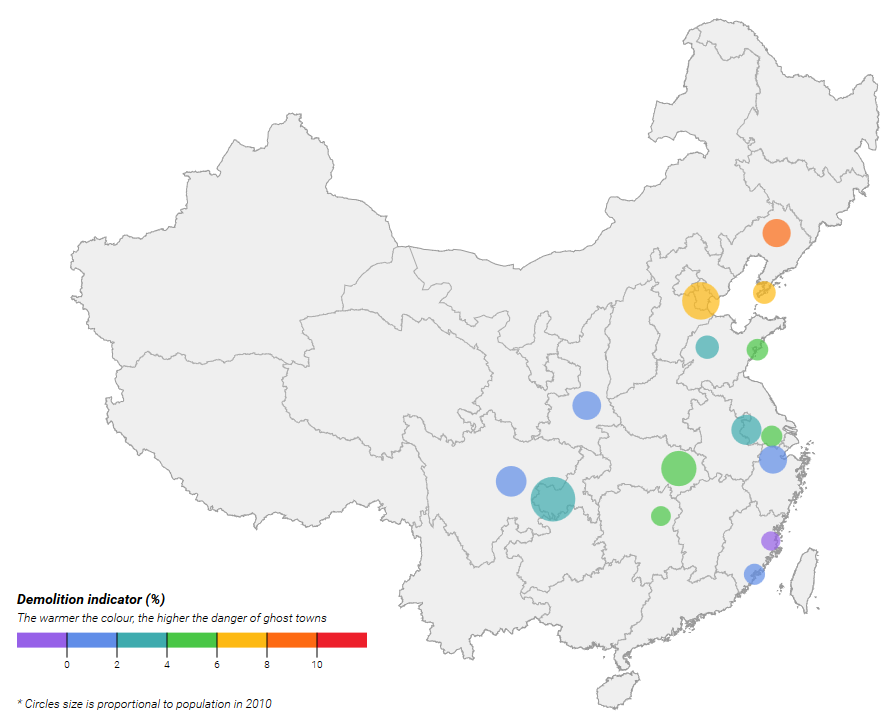
二线:

三线:

小城:

南华早报2015.02.13Chasing ghosts
Where is China's next wave of empty 'new towns'?
A pair of skyscrapers bearing an uncanny resemblance to the ill-fated World Trade Centre in New York stand – half-completed – in downtown Guiyang, the capital city of China’s Guizhou province.
The towers, set to be 406 metres tall upon completion, are part of a mega-housing project which features a luxury shopping mall, an amusement park and even a wetlands reserve.
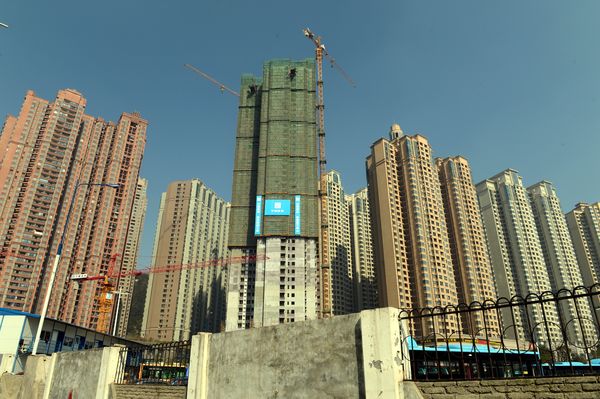
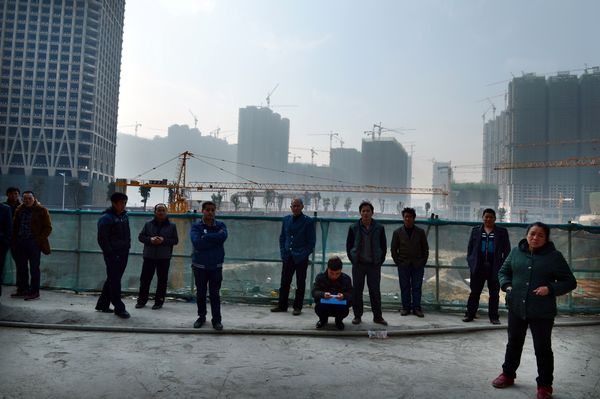
There is just one problem: experts fear that this 90 billion yuan (HK$113 billion) housing project will turn into yet another ghost town.
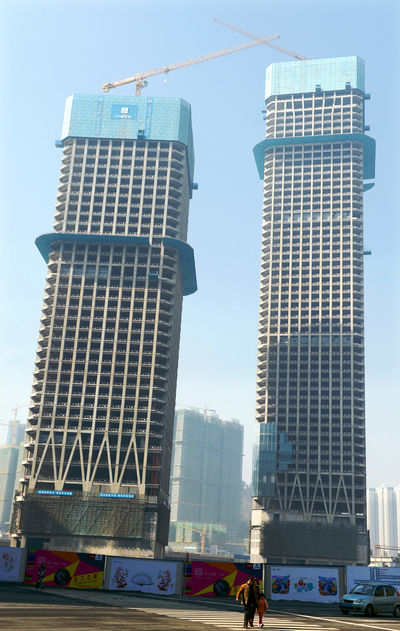
Stunning – but empty – housing complexes are hardly unusual in the southwestern province, which at 176,000 square kilometres is roughly the size of US states Missouri or Oklahoma.
As of last year, 16 mega-projects, each with more than 1 million square metres of total saleable area, had been built or were under construction in the provincial capital alone. Together, they provide enough housing for more than one fourth of the city's existing population.
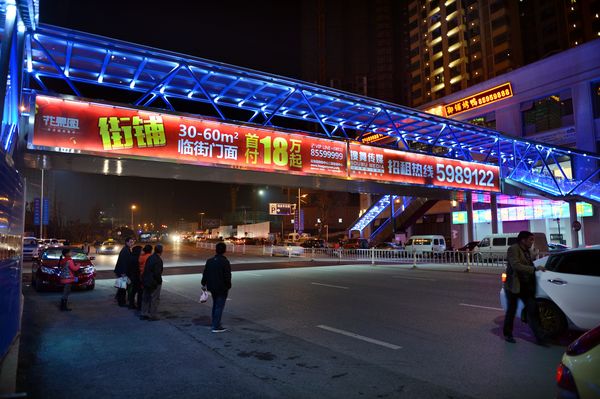
The unprecedented proliferation of massive construction projects in provincial capitals like Guiyang, Wuhan, Nanjing and Hefei has triggered intense debate among academics, property moguls and policymakers about whether these cities are producing more and more ghost towns.
Unlike ghost towns in the West which are laid waste by wars, natural disasters, disease or failed economies, the ones in China are created out of haphazard and rushed projects by local governments attempting to boost GDP growth and reach urbanisation targets.
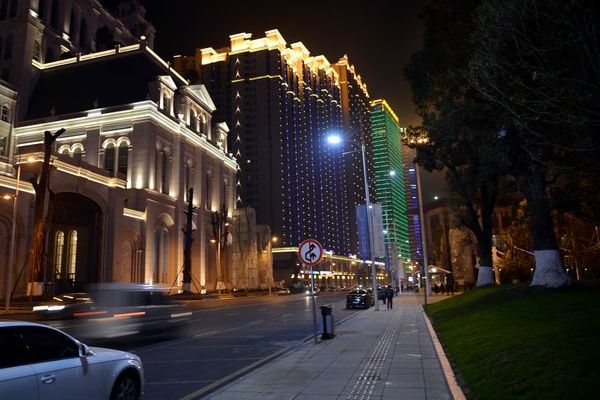
Housing revenue is a key pillar of China’s economy. The latest data from the national statistics bureau show that nearly 12 per cent of China’s GDP in 2014 came from new home sales, a similar level as the previous year.
This is higher than mature markets like the US, which maintains a ratio of 10 per cent, according to brokerage CLSA’s property research. Even Hong Kong, where property is a key wealth investment, housing contributed 8 to 9 per cent to the economy at its peak between 1997 and 1998, right before the property bubble burst.
But as much as local governments want to profit from vast land, there are many failed “new towns” in China’s third-tier cities, a classification that includes 74 small-and-medium sized cities with relatively robust economies, as there often aren't enough jobs or opportunities to attract a sustainable inflow of migrants.
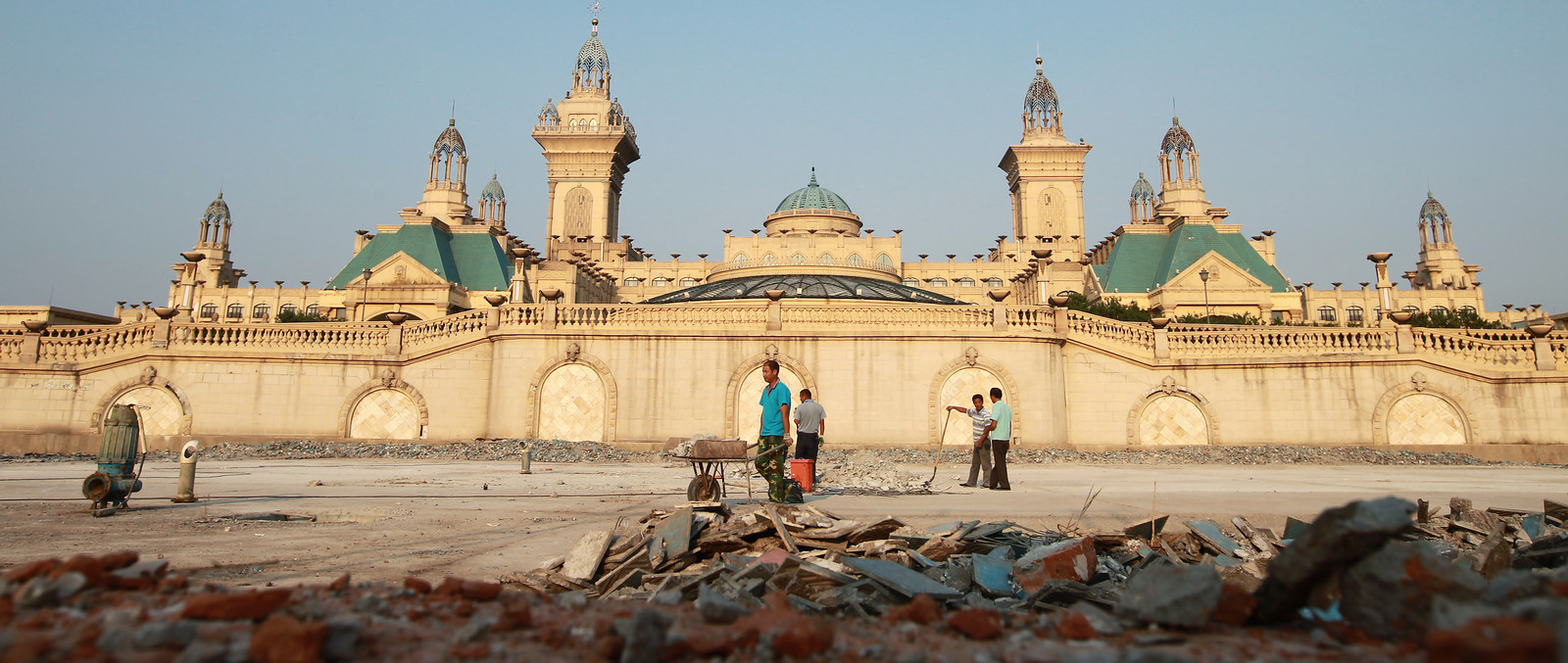
While Guiyang, with better welfare and infrastructure than the rest of the province, which is China's poorest by per capita GDP, could attract migrants, it will not be a high enough influx in the short-term.
Cities like Sanya, Changzhou, Ganzhou and Wenzhou are also filled with vacant buildings or unfinished housing projects. At night, these buildings plunge into an eerie darkness save for a few lights – a sign that few people live there.
Sanya may be a popular coastal hotspot, but the tourists constitute a largely transient population. Other less developed cities fail to attract people because they are too remote, cold or do not offer enough economic opportunities.
Nevertheless, a study of 12 provinces showed that 133 out of 144 prefecture-level cities and 67 out of 161 county-level cities in China were planning on the “new town” constructions over the next few years, media reported in 2013.
Housing revenue is a key pillar of China’s economy. The latest data from the national statistics bureau show that nearly 12 per cent of China’s GDP in 2014 came from new home sales, a similar level as the previous year.
This is higher than mature markets like the US, which maintains a ratio of 10 per cent, according to brokerage CLSA’s property research. Even Hong Kong, where property is a key wealth investment, housing contributed 8 to 9 per cent to the economy at its peak between 1997 and 1998, right before the property bubble burst.
But as much as local governments want to profit from vast land, there are many failed “new towns” in China’s third-tier cities, a classification that includes 74 small-and-medium sized cities with relatively robust economies, as there often aren't enough jobs or opportunities to attract a sustainable inflow of migrants.
While Guiyang, with better welfare and infrastructure than the rest of the province, which is China's poorest by per capita GDP, could attract migrants, it will not be a high enough influx in the short-term.
Cities like Sanya, Changzhou, Ganzhou and Wenzhou are also filled with vacant buildings or unfinished housing projects. At night, these buildings plunge into an eerie darkness save for a few lights – a sign that few people live there.
Sanya may be a popular coastal hotspot, but the tourists constitute a largely transient population. Other less developed cities fail to attract people because they are too remote, cold or do not offer enough economic opportunities.
Nevertheless, a study of 12 provinces showed that 133 out of 144 prefecture-level cities and 67 out of 161 county-level cities in China were planning on the “new town” constructions over the next few years, media reported in 2013.
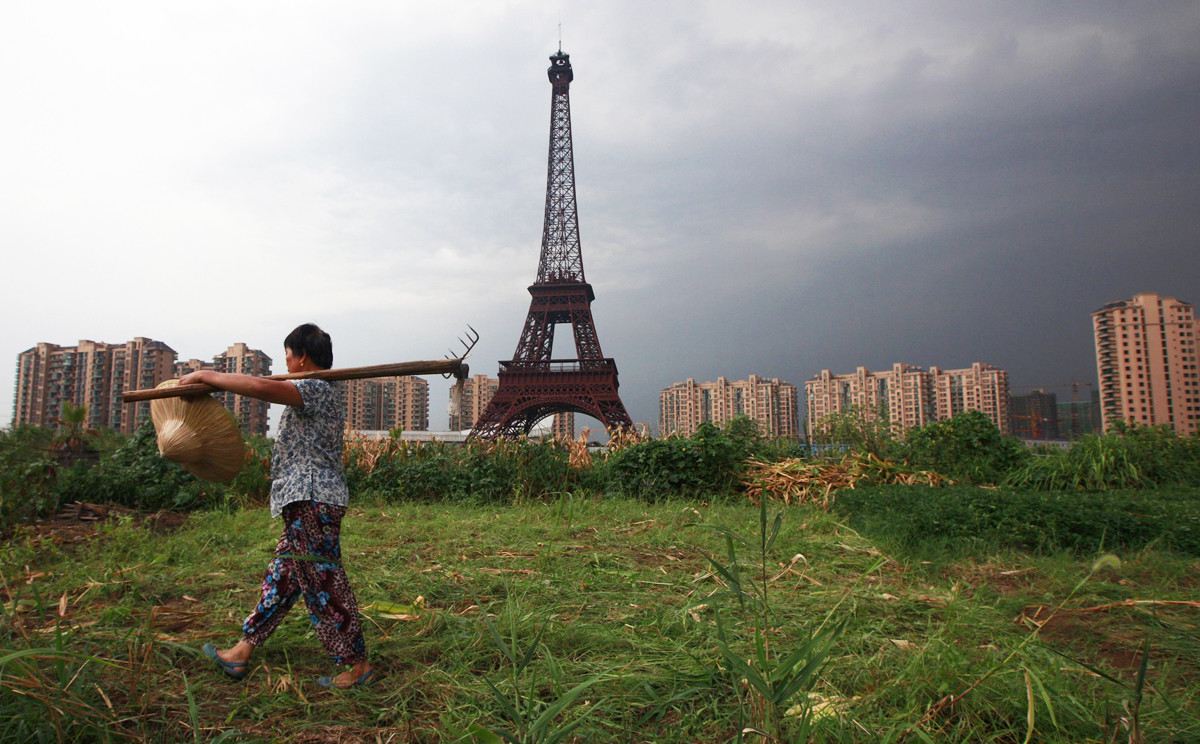
Overzealous urbanisation has raised speculation that the list of ghost towns will continue to grow, as the central government reins in speculative buying and property prices.
CLSA last year published an in-depth analysis on China’s ghost towns and projected that small Chinese cities would get even emptier in five years.
The CLSA report was based on an on-the-ground study of 609 construction projects in 12 Chinese cities.
It found that the average vacancy rate in China for property completed between 2009 and 2014 was 15 per cent – equivalent to 10.2 million empty units – which on the surface is nothing to worry about considering the US vacancy rate stands at 10 per cent.
“The bigger concern is the 17 per cent vacancy rate in remote, low-value properties,” the report said.
No official Chinese government data has been released on vacancy rates in cities, and experts and scholars have yet to reach consensus on the best scientific formula to calculate this.




